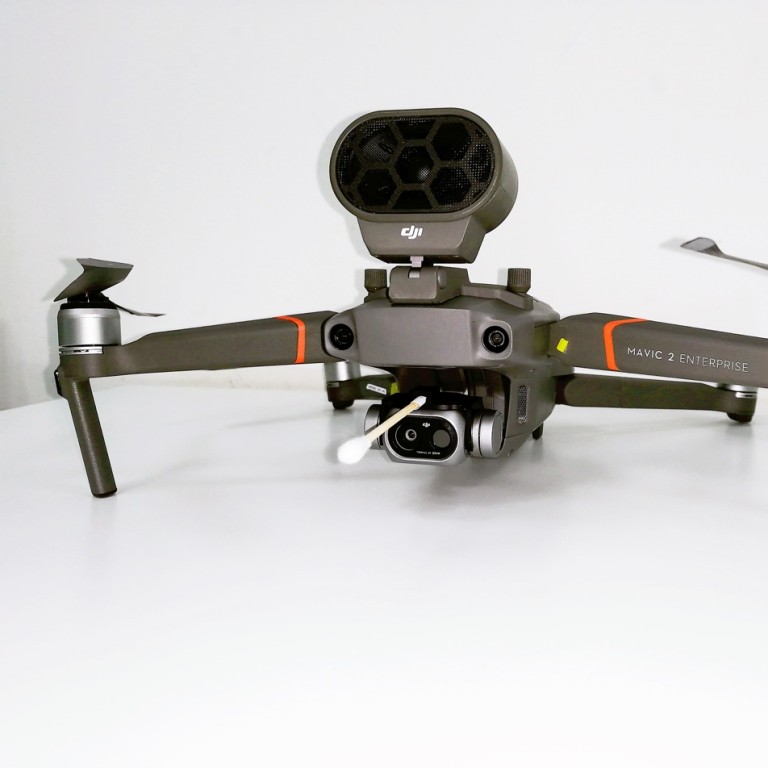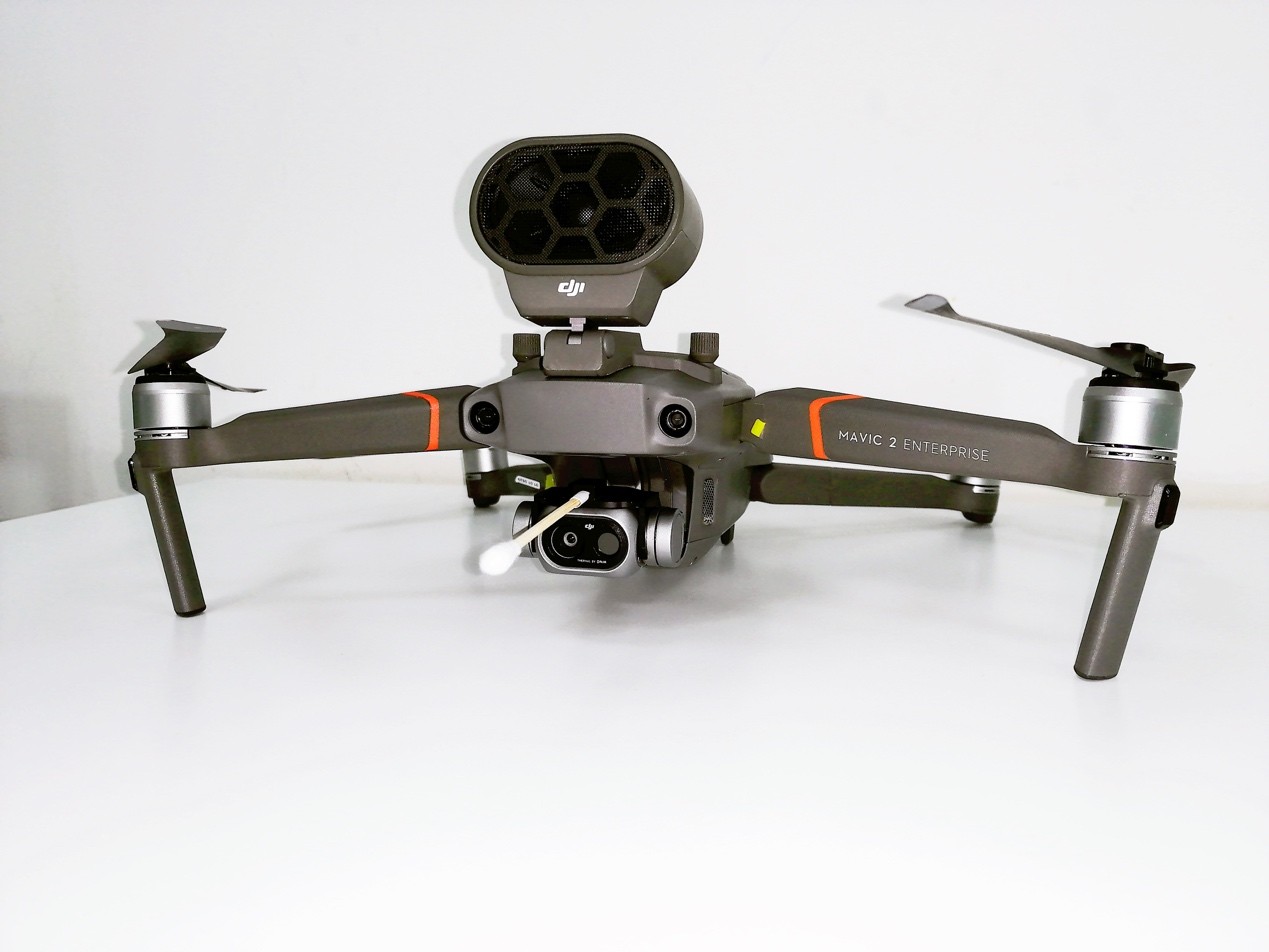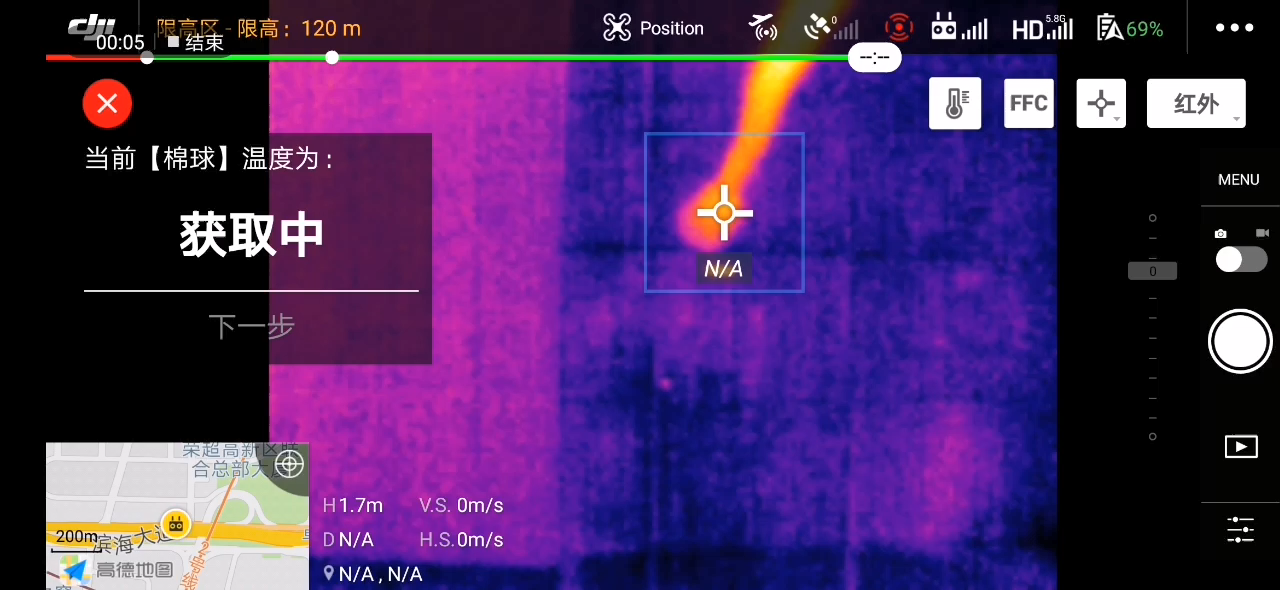
DJI improves temperature-measuring drones with a simple cotton swab
DJI drones have been helping tackle the coronavirus outbreak with temperature screening and disinfectant spray
DJI might have just found the most low-tech solution to a problem involving some of its most high-tech drones.
Coronavirus epidemic prevention units in China have been using thermal-imaging drones to remotely check residents’ temperatures. So DJI took steps to improve the precision of measurements taken using the thermal camera on the Mavic 2 Enterprise drone. Its tool? A humble cotton swab.

DJI’s engineers found that sticking a cotton swab on their drones improves the accuracy of measuring a person's temperature by acting as a reference for calibrating the thermal imaging camera. Whereas accuracy could previously be off by as much as 4˚ to 5˚ Celcius (7.2˚ to 9˚ Fahrenheit), the swab reduces the margin of error to just 0.5˚ Celsius (0.9˚ Fahrenheit) under standard conditions, the company said.
The Mavic 2 Enterprise drone is equipped with a FLIR Lepton thermal microcamera, but it was created for industrial use, meaning it wasn't made to measure body temperature. The cotton swab turned out to be the key to improving the camera’s accuracy, though DJI still doesn’t recommend using it for this purpose.
DJI said the cotton swab is an emergency solution created by their engineering team in three days. The company told us that they still recommend using professional medical equipment, but it’s also trying to find new ways for their tech to fight the spread of the deadly Covid-19 disease.

When the drone finds someone who is feverish, the temperature abnormality is displayed through the UAV remote control screen, said Zhang Xiaonan, head of DJI Enterprise.
Purchase the China AI Report 2020 brought to you by SCMP Research and enjoy a 20% discount (original price US$400). This 60-page all new intelligence report gives you first-hand insights and analysis into the latest industry developments and intelligence about China AI. Get exclusive access to our webinars for continuous learning, and interact with China AI executives in live Q&A. Offer valid until 31 March 2020.

